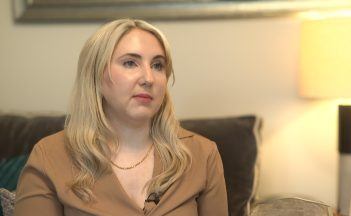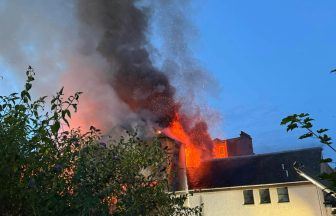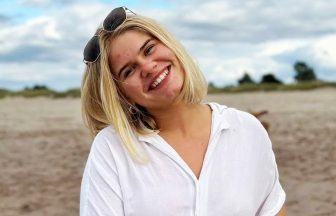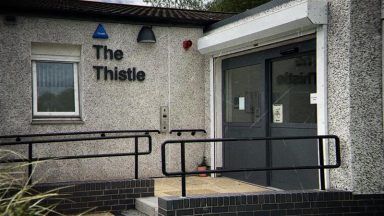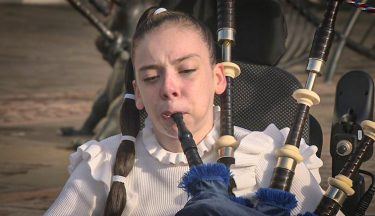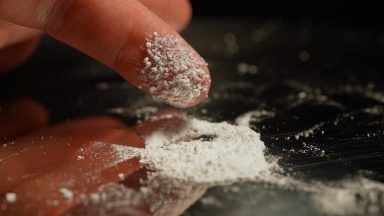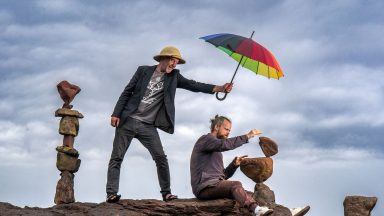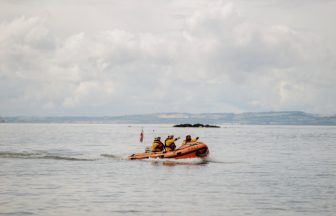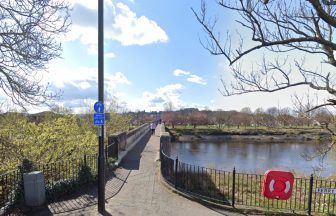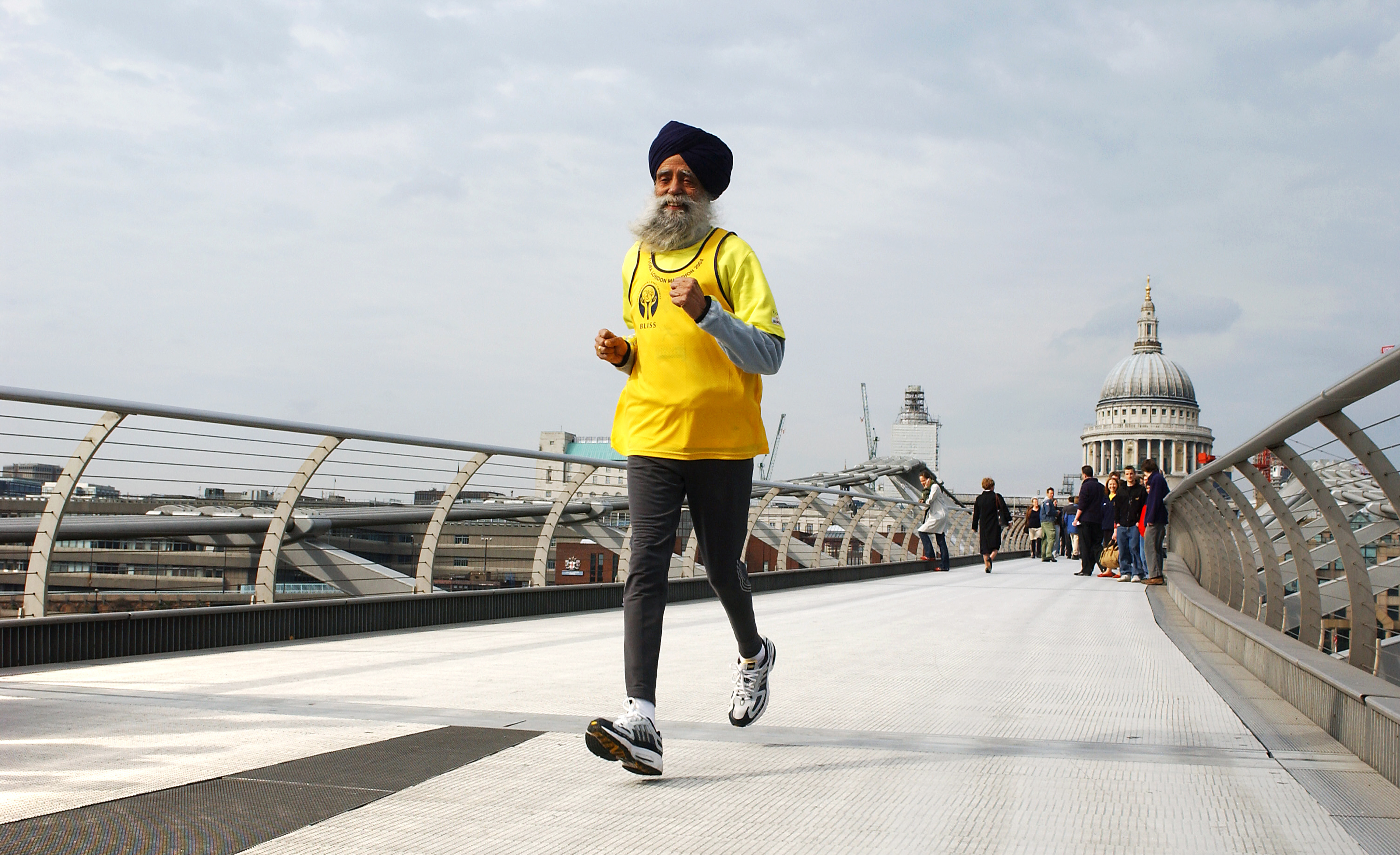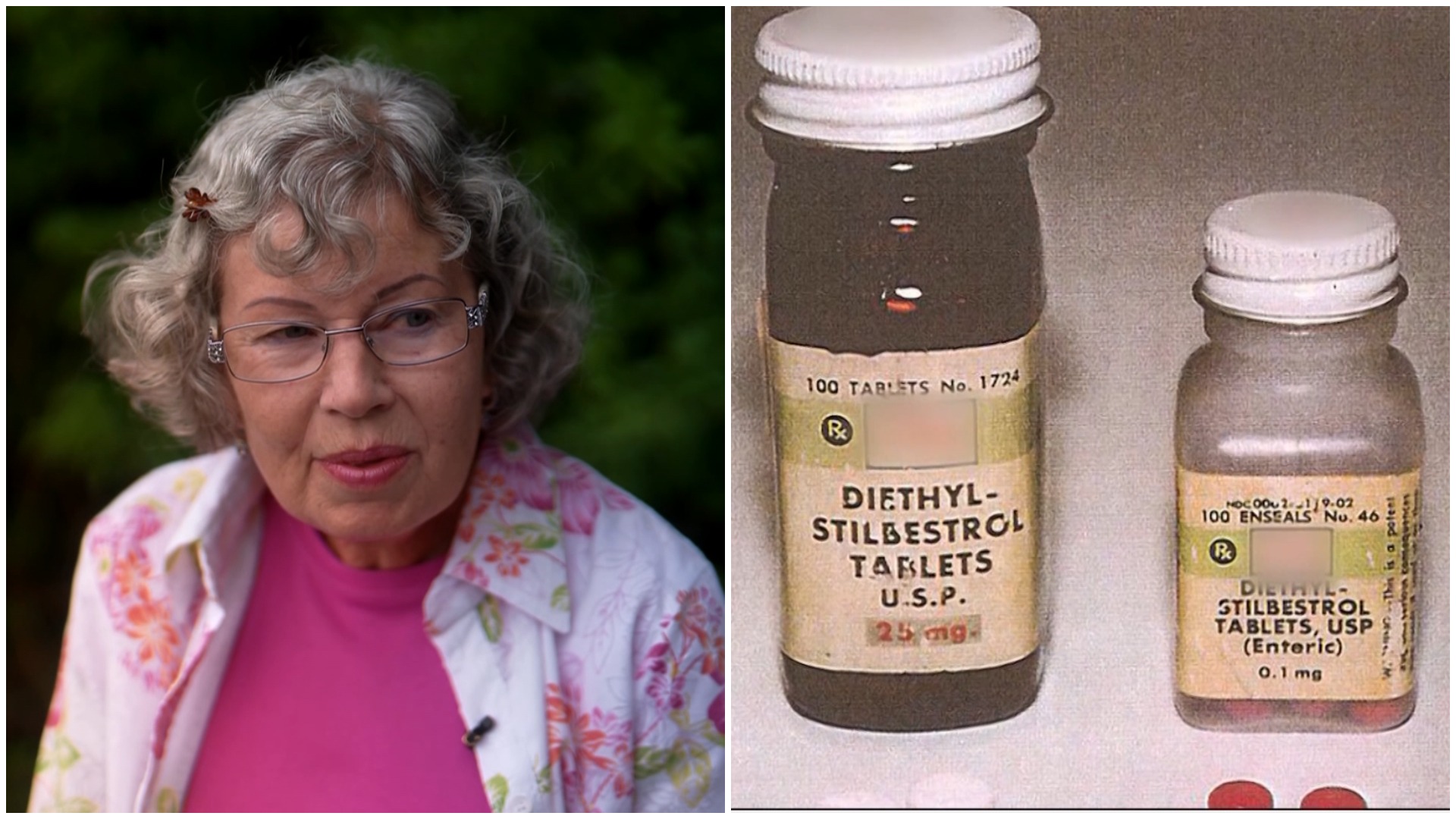Two people whose remains were among 14 bodies found in the latrine of a Roman bath house may have come from the other side of medieval Scotland, new research suggests.
The skeletal remains of nine adults and five infants were discovered at Cramond near Edinburgh in 1975 and have been traced back to the sixth century by radiocarbon dating.
Bioarchaeological work led by the University of Aberdeen has now discovered that some of the group may have travelled across Scotland to make the Cramond area their home.
The researchers examined the bones and teeth of the dead, known as “the bodies in the bog”, and used isotope analyses to look at the adults’ diet and origins.
Professor Kate Britton, senior author of the study, said the researchers were surprised to discover that despite being buried in close proximity to each other – leading to assumptions that they were one family – some of those found were brought up hundreds of miles apart.
She said: “Food and water consumed during life leave a specific signature in the body which can be traced back to their input source, evidencing diet and mobility patterns.
“Tooth enamel, particularly from teeth which form between around three and six years of age, act like little time capsules containing chemical information about where a person grew up.
“When we examined the remains, we found six of them to bear chemical signatures consistent with what we would expect from individuals growing up in the area local to Cramond, but two – those of a man and a woman – were very different.
“This suggests that they spent their childhoods somewhere else, with the analysis of the female placing her origins on the west coast.”
“The male instead had an isotopic signature more typical of the Southern Uplands, Southern Highlands or Loch Lomond area so it is likely he came to Cramond from an inland area.”
The ninth adult skeleton did not have teeth which could be tested.
Researchers said the discovery changes their understanding of the site and of the mobility and connections of people across Scotland in the early medieval period, when the country was broadly divided between the Scotti in Dál Riata to the west, the Picts in most of northern Scotland and the Britons in the south.
Researchers said that analysis of the burials from Cramond, along with other early medieval burial sites in Scotland, reveals that it was not unusual for people to be buried far from where they had originally grown up.
Dr Orsolya Czére, post-doctoral researcher and lead author of the study, said: “Previous studies have suggested that those buried here were of high social status, even nobility.
“What we can say from our new analyses was that these were well-connected individuals, with lives that brought them across the country.”
Experts said that despite evidence suggesting geographical mobility, social tensions may still have been high in that period as some of the bodies suffered violent deaths.
Osteological analysis determined that two of the group, a woman and a young child, were hit on the skull by a blunt object, possibly the butt end of a spear.
Dr Ange Boyle from the University of Edinburgh, osteoarchaeologist and co-author, said: “Detailed osteological analysis of the human remains has determined that a woman and young child deposited in the Roman latrine suffered violent deaths.
“Blows to the skulls inflicted by a blunt object, possibly the butt end of a spear, would have been rapidly fatal.
“This evidence provides important confirmation that the period in question was characterised by a high level of violence.”
The findings are published in the Archaeological and Anthropological Sciences journal.
The study was funded by Edinburgh City Council and the University of Aberdeen.
Follow STV News on WhatsApp
Scan the QR code on your mobile device for all the latest news from around the country


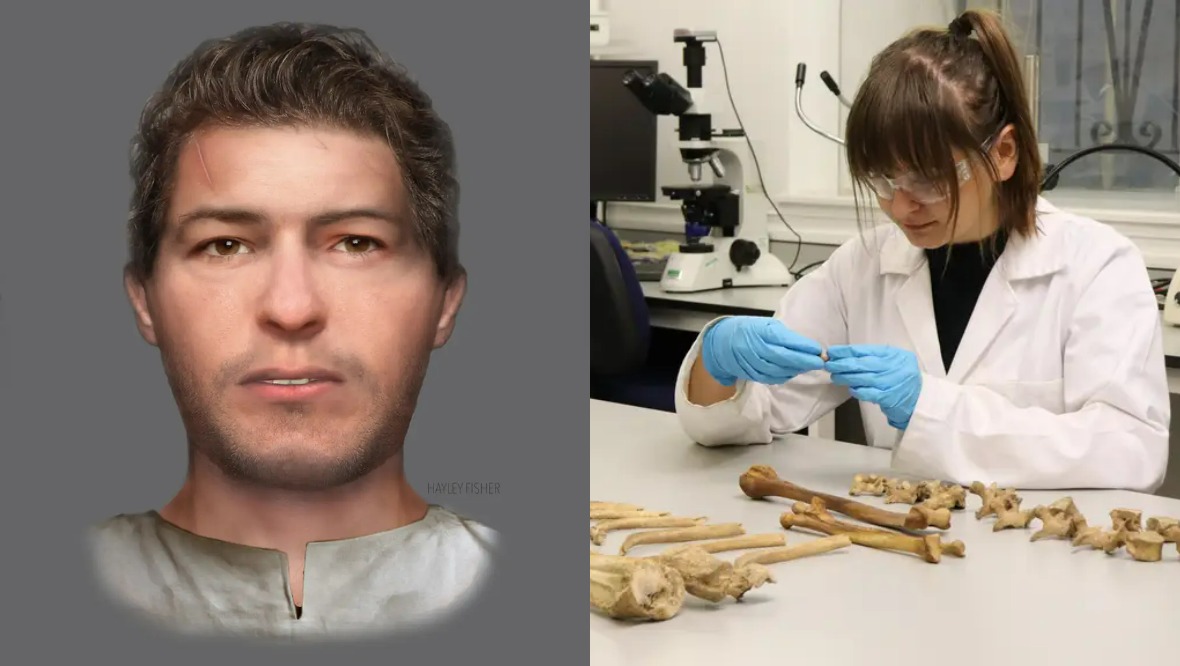 PA Ready
PA Ready
